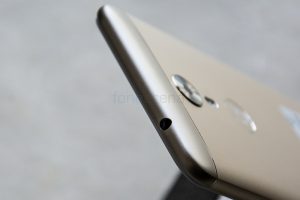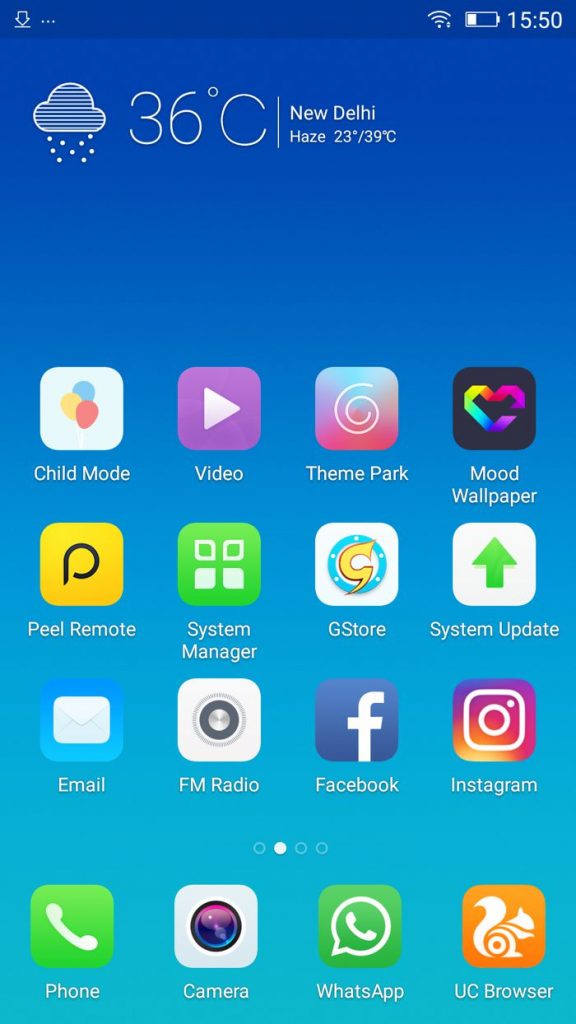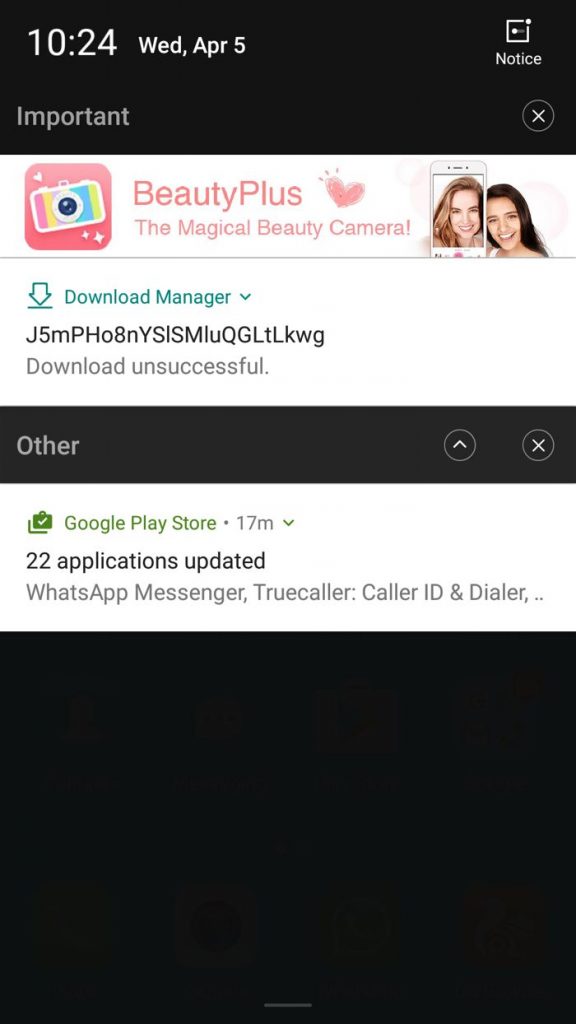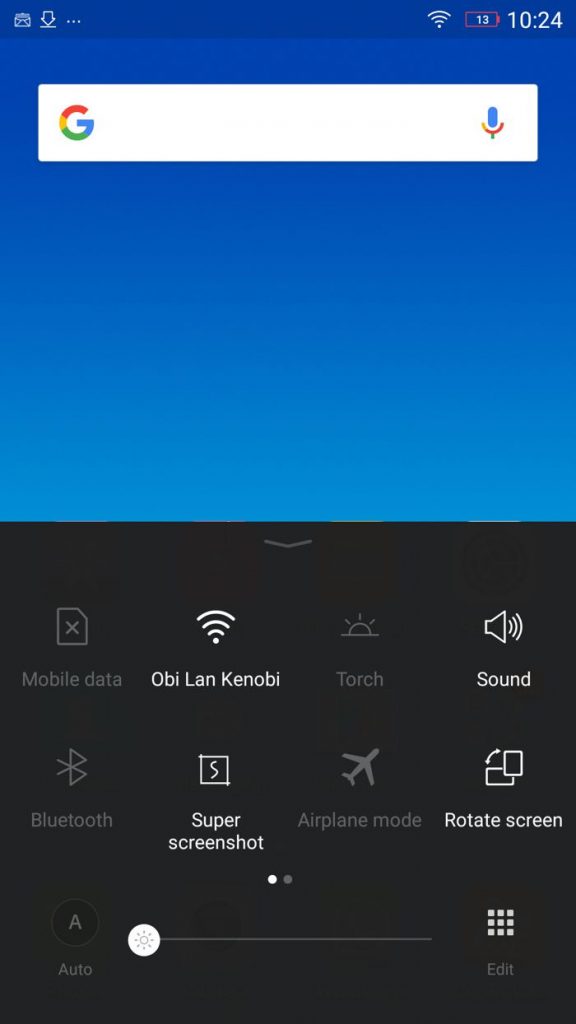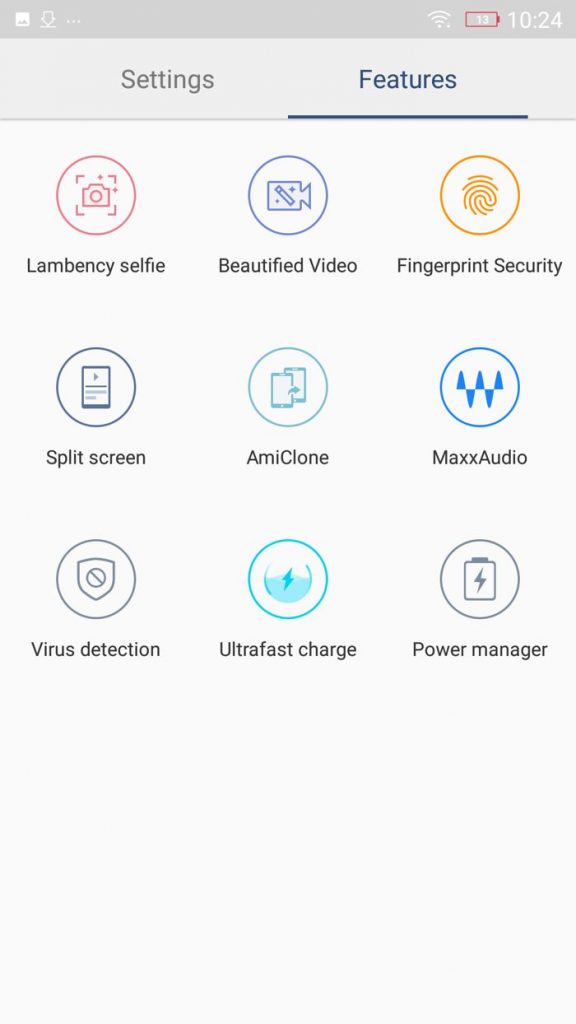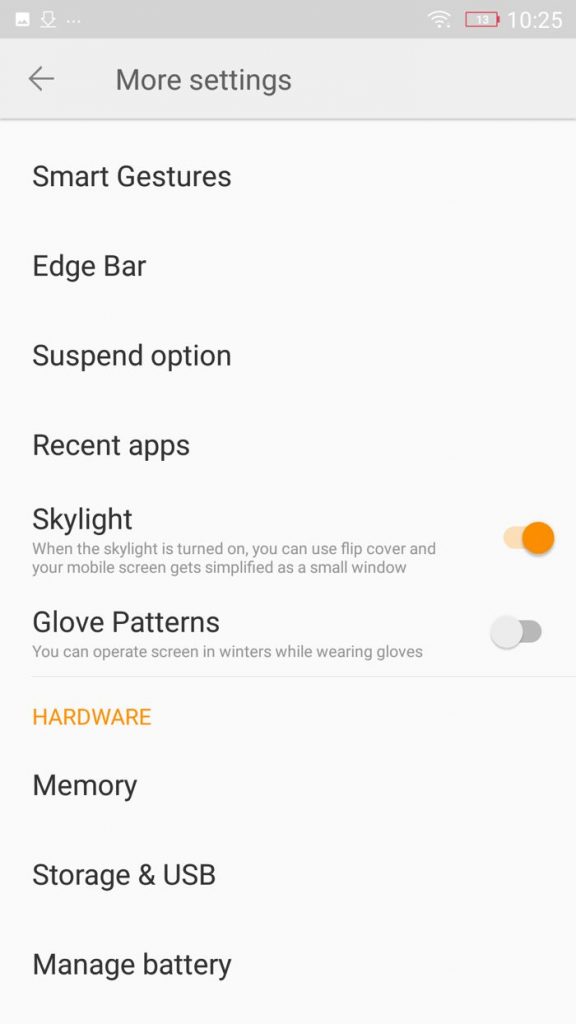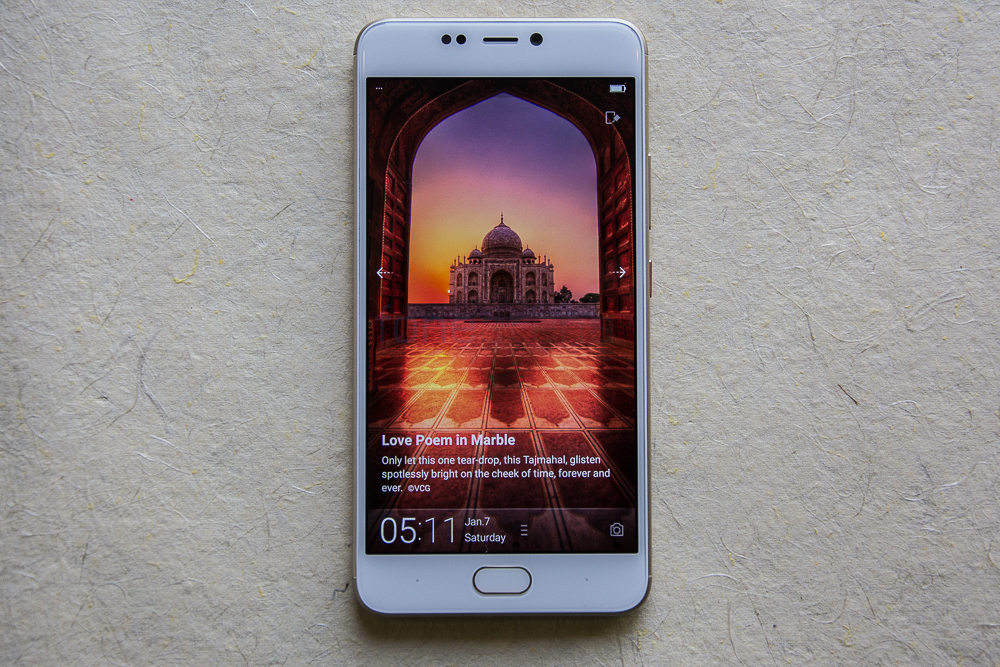
It isn’t all that surprising that better selfies have become the latest selling point for smartphones the world over. After all, human beings are a vain bunch. Back in the early years of the camera phones, we saw the likes of rotating modules and small mirrors attached to the rear lens. Thankfully, technology has matured to the point where we can have quality high-resolution sensors over on the front facing camera too. The focus of the Gionee A1 is on this specific features and it touts a 16MP front facing camera to achieve quality selfies. A camera alone does not however make a smartphone. So does the Gionee A1 have what it takes to be a good smartphone instead of being just a one trick pony? We find out in our review.
Gionee A1 specifications
- 5.5-inch (1920× 1080 pixels) Full HD IPS in-cell 2.5D curved glass display
- 2GHz Octa-core MediaTek Helio P10 processor with Mali T860 GPU
- 4GB RAM, 64GB Internal memory, expandable memory up to 128GB with micro SD
- Android 7.0 (Nougat) with Amigo OS
- Hybrid Dual SIM (nano + nano / microSD)
- 13MP rear camera with LED flash, PDAF, f/2.0 aperture, 1/3.0+” sensor, 5P lens, Sony IMX258 sensor
- 16MP front-facing camera, f/2.0 aperture, 1/3.06″ sensor, 5P lens, selfie flash
- Fingerprint sensor
- 3.5mm audio jack, Waves MaxxAudio
- Dimensions: 154.5 x 76.5 x 8.5mm; Weight: 182g
- 4G VoLTE, Wi-Fi 802.11 a/b/g/n(2.4GHz+5GHz), Bluetooth 4.0, GPS, USB OTG
- 4010mAh battery with fast charging
Hardware
The Gionee A1, like most recent smartphones, is quite derivative to look at. The design is not all that different from previous Gionee phones and is within spitting distance of other Chinese smartphones. That’s not to say that it is visually unappealing. Not quite, despite being a fairly handsome device, there’s just not much that differentiates it from the competition.
The front has a 5.5 inch display with 2.5D curves as is the norm. The Full HD screen looks really great and is one of the first things you’ll notice when you hold up the phone. Bezels on either side of the screen are on the thicker side and certainly increase the size of the handset. Up above you’ll find the 16MP camera paired with a front facing flash while below the screen is a home key flanked by a back and menu key on either side. As more and more smartphones replace the hardware key with capacitive buttons or on-screen controls, we found the button to be a welcome addition. This is most definitely a case of personal preference though.
The right side of the phone is where you’ll spot the volume rocker and power button while the left hand side sports the hybrid SIM card slot. The metal buttons offer great travel and feedback. Similar to the home button, there is a lot of focus on quality here and it really does show. Along the top edge of the phone, you’ll observe the 3.5mm audio jack. The phone charges over the microUSB connector placed along the bottom edge. It is a bit of a shame that Gionee opted for the older connector standard especially considering that the A1 is a relatively premium priced smartphone.
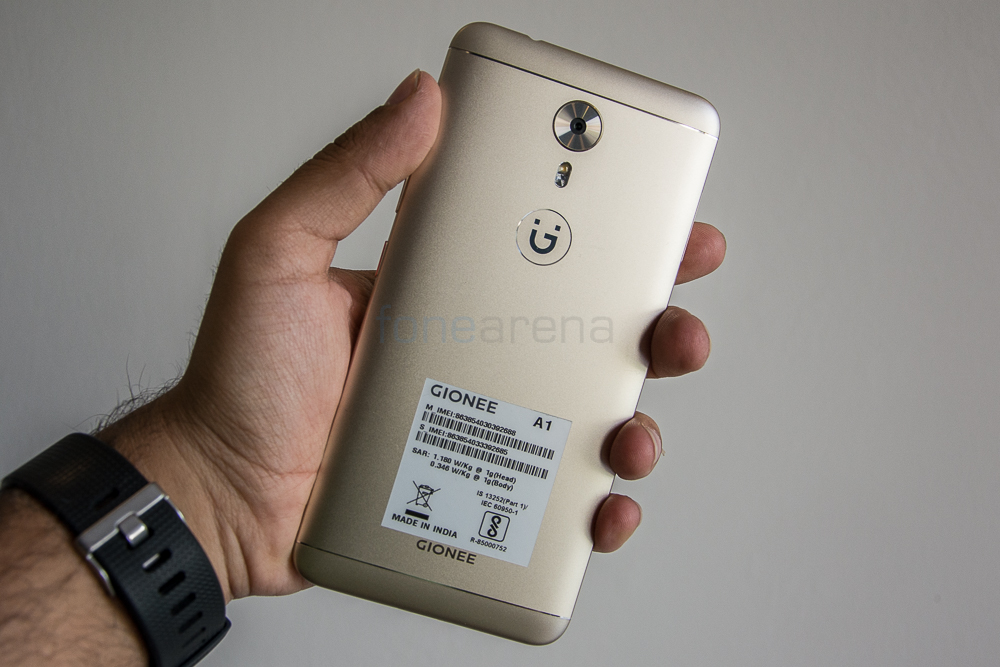
The back of the phone is again familiar and has the same configuration of raised camera lens, dual LED flash and fingerprint sensor. The top and bottom end caps are made of plastic with a chrome band running between the end cap and central aluminum plate. A Gionee logo sits on the fingerprint sensor which is a very strange design choice. The dimensions of the phone measure 154.5 x 76.5 x 8.5mm with the weight of the phone being 182 grams. The phone has a certain heft to it but it doesn’t feel heavy. The density simply makes it feel like a better built phone. This continues on to the plastics which are premium in look and feel.
Software
Running Amigo OS on top of Android 7.0, the Gionee A1 has a highly customized software build and this is visible right from the lockscreen. The phone displays popular news items from the Amigo Story Locker right on the lockscreen. We found no obvious way to disable or customize this. The homescreen on the other hand is like most other Chinese ROMs and takes inspiration from the minimalistic approach of iOS. There’s no separate app drawer and sorting is limited to folders.
Lockscreen functionality is divided across two sections with the pull down bar displaying just the notifications. We were very surprised to see advertisements being displayed here. The notification bar toggles have been spun off into a pull up drawer than you can access from the lower half of the screen.
Customizations in the software aren’t just skin deep and include features like virus detection, beautified video which works in apps like WhatsApp as well. Like in photographs as we’ll talk about below, the effect is quite unnatural and not worth using. Lambency selfie simply refer to the front facing flash. There are audio tweaks in the form of Maxx Audio and a power manager app that can adjust device performance to boost battery life.
Performance
There’s a 2Ghz MediaTek Helio P10 processor under the hood of the Gionee A1. This paired with 4GB of RAM is more than enough grunt to power through almost any use case. Gionee has done a very good job at managing the thermal conductivity on the phone. On a 100 % CPU usage simulated load over an extended period of time, we observed that the phone merely got warm to the touch near the camera module but far from enough to be a concern. We tried out popular games like Super Mario Run, NOVA and Real Racing and all of these performed as you’d expect. We did experience a few app crashes which raised concerns. This was particularly on the Facebook app and occasionally on the Twitter app. At worst, you’re stuck with a phone reboot but this is something that we’re hoping will be fixed sooner rather than later by the company. To gauge comparative performance, we’ve included a range of benchmarks below for your perusal.
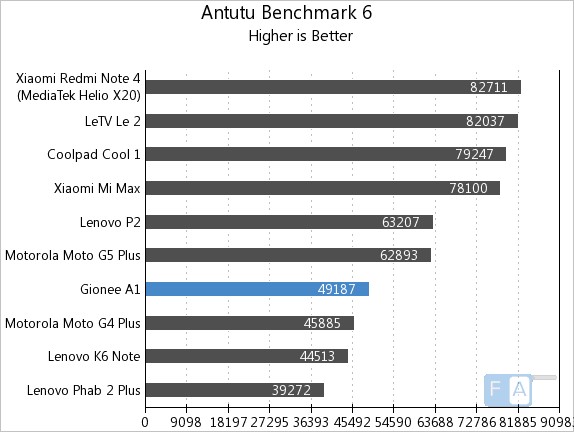
In the AnTuTu 6 benchmark, the Gionee A1 scored 49187 points placing it in the lower half of our test bench.
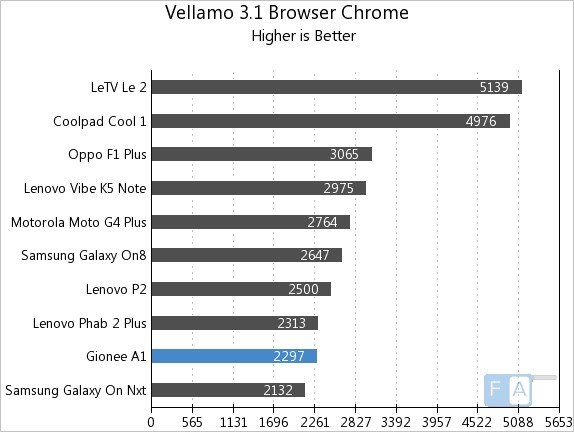
In the Vellamo 3.1 benchmark, the phone scored 2297 points which is one of the lowest scores on our test bench.
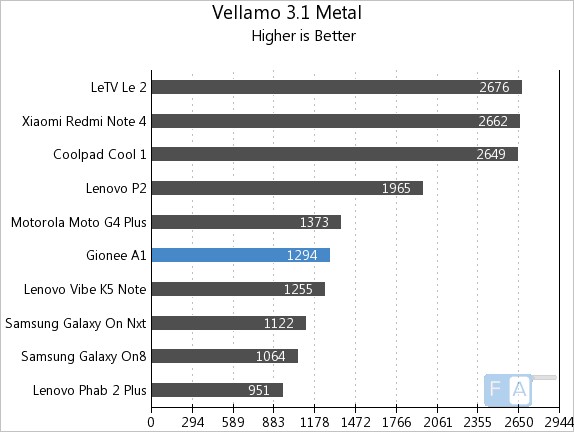
In the Vellamo 3.1 Metal benchmark, the phone scored 1294 points which is around the middle of our test bench.

The 3D Mark Ice Storm benchmark revealed scores of 11064 points which places the Gionee A1 right behind Snapdragon chipset enabled phones like the Moto G5 Plus.
Display
The 5.5 inch Full HD panel on the Gionee A1 is standard for a device in this category. The pixel density translates to approximately 401 PPI. Images, text and icons on close examination, all remain free of jagged edges. The quality of the panel is definitely above average and the vibrant colors really makes media pop. Personally, we found it quite over saturated and there’s no way to adjust this either.
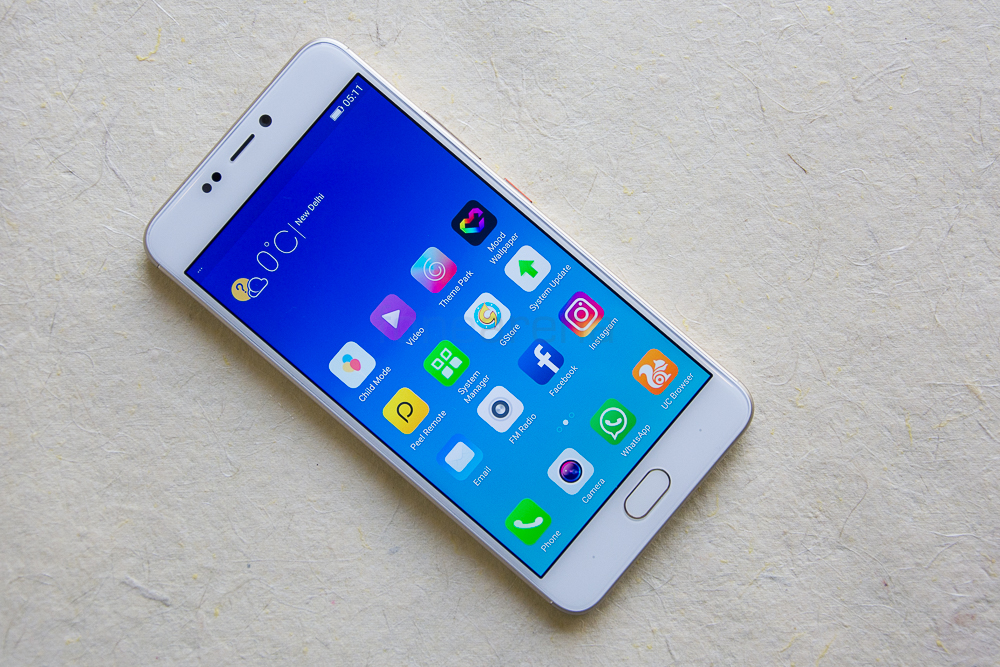
It is possible to adjust the warmth of the display and the standard neutral proves to be the best with the others being rather heavy-handed on the warmth adjustment. The brightness levels on offer are another aspect that is noteworthy. Calling the display on the Gionee A1 bright would be an understatement. The screen is perfectly visible even in bright sunlight. Unfortunately the display doesn’t go all that dim so it might still be a bit too bright even at its lowest setting and this can be a bit of an irritant if you’re viewing it late at night.
Camera
The USP of the Gionee A1 is the camera of course. The company has made a big deal out of the camera modules on the smartphone. The rear camera is a 13MP module equipped with phase detection auto focus. The 5P lens has an f/2.0 aperture and sensor itself is a 1/3″ Sony IMX258.

Given the focus on selfies, the company has given the A1 a 16MP front facing sensor here. The front camera too has an f/2.0 aperture with a 5P lens and selfie flash. Imaging performance is right in line with a mid range Android smartphone, no more and no less. In good lighting, you can get decent images but noise levels do go up to noticeable levels in low lighting conditions. Beyond the noise levels what was really noticeable was the focussing difficulties.
The close up shot of the coffee mug reveals that the camera finds it really hard to get a focus lock in less than ideal conditions. Similarly in the coffee shop, the phone was unable to get a tack sharp focus lock. Noise levels too are somewhat high. Dynamic range isn’t handled too well. In the next two images you can notice that the highlights are really overblown with the dark regions exhibiting a lack of details.

The selfie camera performs well enough and there’s little to complain about here. Of course low light performance deteriorates really quick and the selfie flash doesn’t do much to rescue it. There’s a whole range of beautification modes on offer which can whiten, smoothen out your skin but that gives a very obvious unnatural look to the shot. Overall, the camera performance isn’t poor but it isn’t anything extraordinary either.
Connectivity & Battery Life
Connectivity options on Gionee A1 are as standard as they come and include all the essentials. From 4G VoLTE, Wi-Fi 802.11 a/b/g/n(2.4GHz+5GHz), Bluetooth 4.0 and GPS to USB OTG for memory expansion. On board storage is 64GB of which roughly 12GB is used up at first boot giving you around 52GB of storage to play with. You can expand that further via the micro SD card slot should you need to. Do note that the phone has a Hybrid SIM slot so you’ll have to choose between Dual SIM support and microSD expansion.
In terms of battery life, the phone has a 4,010 mAh battery which is more than sufficient for a full day of use and more. Throughout our testing, we never had to worry about draining out the battery before the end of the day. The phone supports fast charging for topping off your battery quickly and this works as expected.
Conclusion
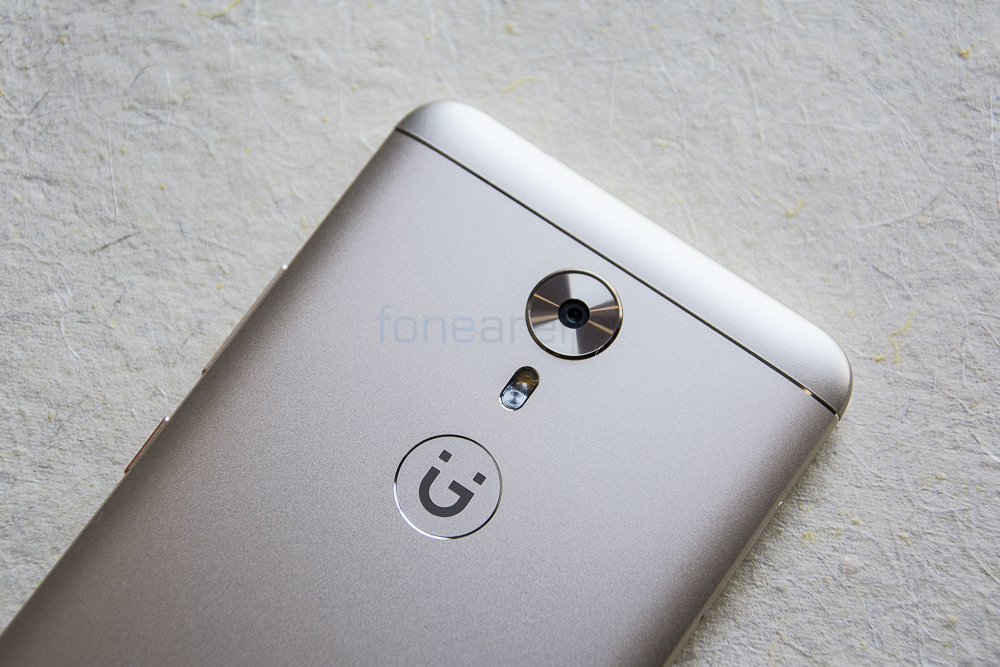
The Gionee A1 in a silo is a solid product from a company that has so far not really impressed in the upper mid-range segment. However, the competition is tough and the A1 is competing established devices that undercuts it on price. It’s a decent phone that at Rs. 19,999 is priced just a bit too high. The Gionee A1 occupies a unique place in the market where it caters to selfie enthusiasts. For everyone else, do take a look at the likes of the Moto G5 Plus & Redmi Note 4 before committing to the Gionee A1.




